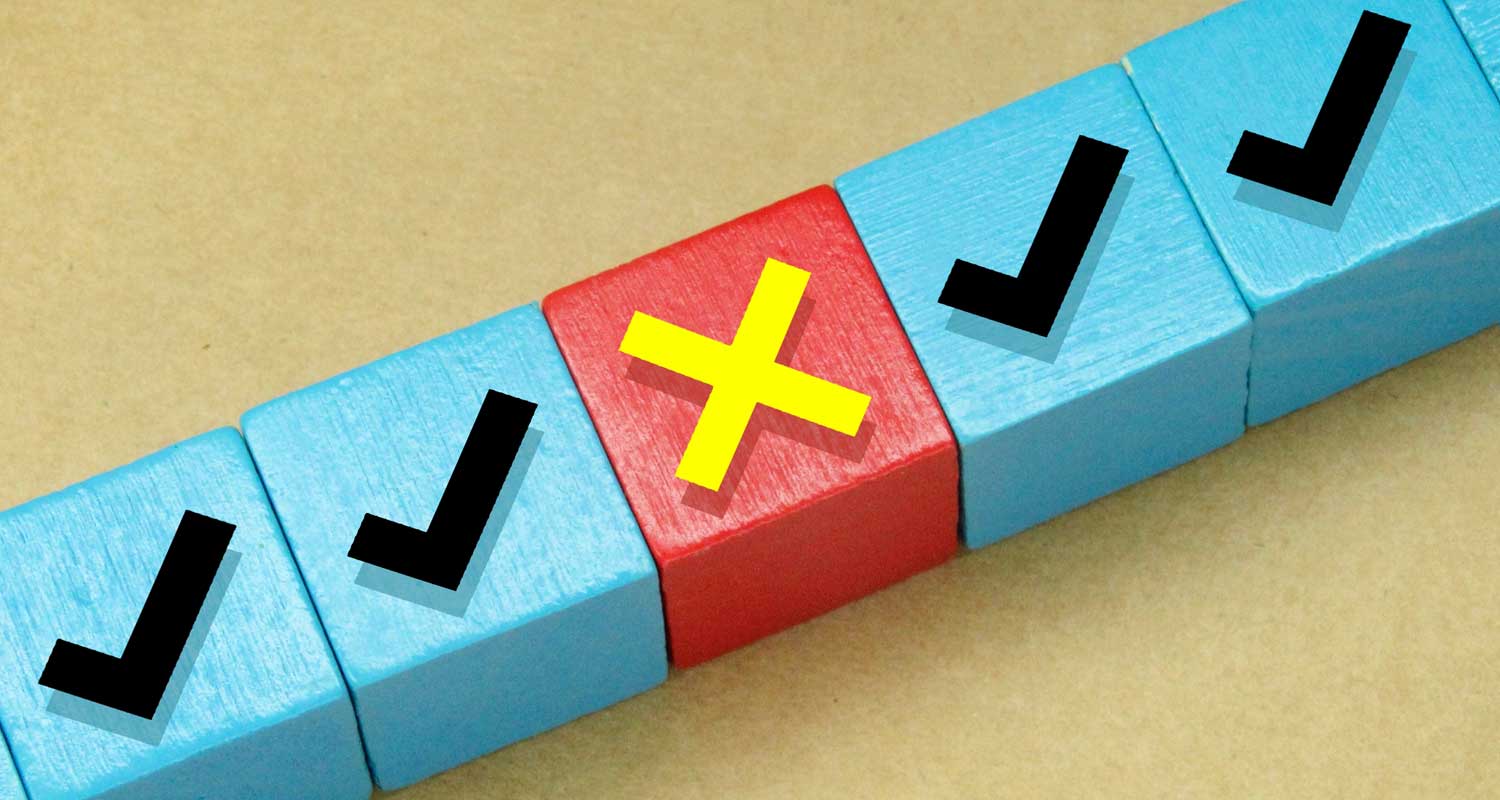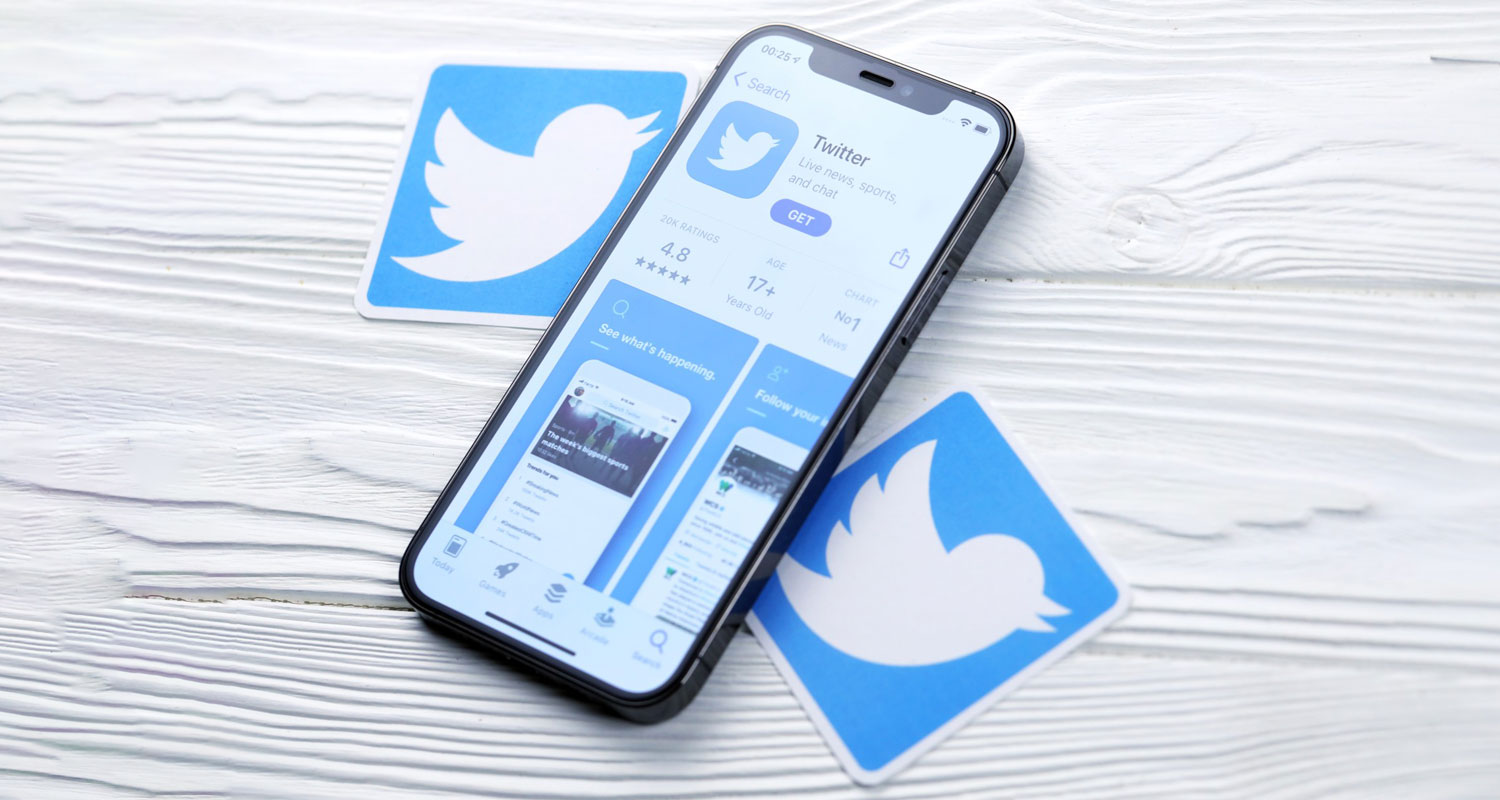 An interesting and revealing thing happened on Twitter in recent weeks. The infamous blue checkmark, once a status symbol among people in media and others who spend time too much time online, took on a negative connotation. There are even hashtags shaming subscribers to the new fee-based “Twitter Blue”. On its face it’s not clear why; there should be no shame in paying for a better Twitter experience — especially if you spend many hours consuming it.
An interesting and revealing thing happened on Twitter in recent weeks. The infamous blue checkmark, once a status symbol among people in media and others who spend time too much time online, took on a negative connotation. There are even hashtags shaming subscribers to the new fee-based “Twitter Blue”. On its face it’s not clear why; there should be no shame in paying for a better Twitter experience — especially if you spend many hours consuming it.
The drama revealed many of our behavioural biases and why they pose a challenge for an economy in transition. The tech economy bet on a business strategy that offered free services as a lure to build a network that they could one day monetise. That day has arrived, and it turns out networks may not be able to convert to a profitable model. In fact, charging money now may kill their current money-losing model entirely.
The Twitter snafu is in some ways a special case. New owner Elon Musk is a polarising figure. The blue checkmark started out free and was only given to confirm the identify of people who had some public notoriety, or as in my case, people who worked for a media company. It conferred status and made your tweets more visible. Now you get the blue check only if you pay for it — or you’re especially notable, like LeBron James.
It’s like buying your way into nobility, except worse because most of the old nobility lost their status at the same time. You don’t have to read much Regency Era literature to know that nothing is more gauche than buying your way into status, especially if the original status holders’ position feels precarious. Never mind that subscribing to Twitter Blue has some useful features and offers a better user experience. The checkmark now brands you as an arriviste or worse. The reaction to the Twitter Blue roll-out put our most tribal and hierarchal instincts on raw display. It was a sight to behold.
Hands down I spend more time on Twitter than any other website, including those that cost me more than US$8/month. Twitter is a very useful tool. It’s where I get breaking news, promote my work, follow economists who make sense of the latest data and share their research. I probably get more value out of Twitter than any other website or social media company. Yet I have no plans to subscribe. Nothing against Musk. Nor is it because I’d feel ashamed of paying for the checkmark.
Read: Twitter Blue is a flop – so far
I tell myself I won’t pay because, as useful as it is for work, I don’t think Twitter is good for me. I blame it for my ever-present, low-grade outrage that so many people are racist, antisemitic or just don’t understand economics. Subscribing to Twitter is like buying a carton of cigarettes after years of bumming them for free.
Bigger issue
The other reason I don’t plan to subscribe, which I think is a bigger issue, is that it’s just hard to pay for something that used to be free. Check-marked Twitter was a free service before and paying for it now feels like a rip-off. If someone told me when I joined that I could get all those useful professional services for $8/month, I would have happily subscribed. But paying for something that I’ve always received as a free service is a bridge too far.
It’s not just me, and it’s not just Twitter. Many of the tech firms that have become interwoven with our lives got that way by offering their services for free — and now they’re starting to charge. Hootsuite, a tool to consume social media, is eliminating its free option, Amazon.com will start charging a fee for some returns. I only pay to subscribe to one streaming network, but watch all of them because I share streaming passwords with my family. Once Netflix starts cracking down on sharing passwords, and I expect other streaming networks to follow, I don’t see myself subscribing to them all. Not because I don’t watch, but because I didn’t pay before and I won’t start now.
Read: Bluesky signing up users in droves as Twitter stumbles
Apparently there are a lot of people thinking the same way. Netflix lost more than a million users in Spain in the first three months of 2023, which was when they also started charging a fee for password sharing. Who knows what’s next? A fee for Gmail or Google Maps?!
This was all brought about by a business strategy that was essentially a big bet on the value of network effects. These services were valuable if everyone, and in the case of Twitter, notable people, used them and talked about their experience. But getting people to use the product meant not charging anything or allowing one subscription to cover friends and family.
 No surprise, many tech firms didn’t make much of a profit, if any at all. The thinking persisted: if you have such a large share of a market that many people use and use frequently, there must be some way to monetise it, either by selling their data, or with advertising, or by eventually charging for it. Low interest rates enabled this way of thinking because money was cheap and always available. But now the advertising revenue isn’t always enough and can be unpredictable, and data collection is becoming too regulated to be as useful.
No surprise, many tech firms didn’t make much of a profit, if any at all. The thinking persisted: if you have such a large share of a market that many people use and use frequently, there must be some way to monetise it, either by selling their data, or with advertising, or by eventually charging for it. Low interest rates enabled this way of thinking because money was cheap and always available. But now the advertising revenue isn’t always enough and can be unpredictable, and data collection is becoming too regulated to be as useful.
So, with those two strategies not panning out at the same time higher interest rates are crushing the flow of easy money, it seems we’re going to have to start paying for once-free services.
What the tech firms fail to understand is our human behavioural biases. It’s one thing to charge for a service and raise the price, but we have a weird psychology around free things. It’s a much bigger hurdle to go from paying $0 to paying $4, than to go from paying $1 to $5. Perhaps tech firms were counting on the endowment effect — that once we have something (or a service) we’d value it so much we’d pay for it rather than lose it. But this can backfire if people feel cheated, or just resent that something is being taken away from them.
Read: Zuck vs Musk: Meta may launch Twitter rival
Perhaps it will change over time. I don’t see myself leaving Twitter and if the subscriber experience is really much better, maybe I’ll eventually get over my reluctance and one day just decide to pay up. Or if Netflix has a show I must see, maybe I’ll subscribe to watch it, then procrastinate and forget to cancel my subscription. Or… maybe I’ll just get used to doing without the services they want me to pay for.
If tech firms don’t want to bet their future revenue on that kind of serendipity, they’re going to have to offer a better value proposition, or markedly improved services, that can make their customers feel like they’re getting a fresh start with something new that’s worth paying for. — (c) 2023 Bloomberg LP
- The author, Allison Schrager, is an economist, senior fellow at the Manhattan Institute, contributing editor at City Journal, a columnist at Bloomberg and co-founder of LifeCycle Finance Partners, a risk advisory firm




